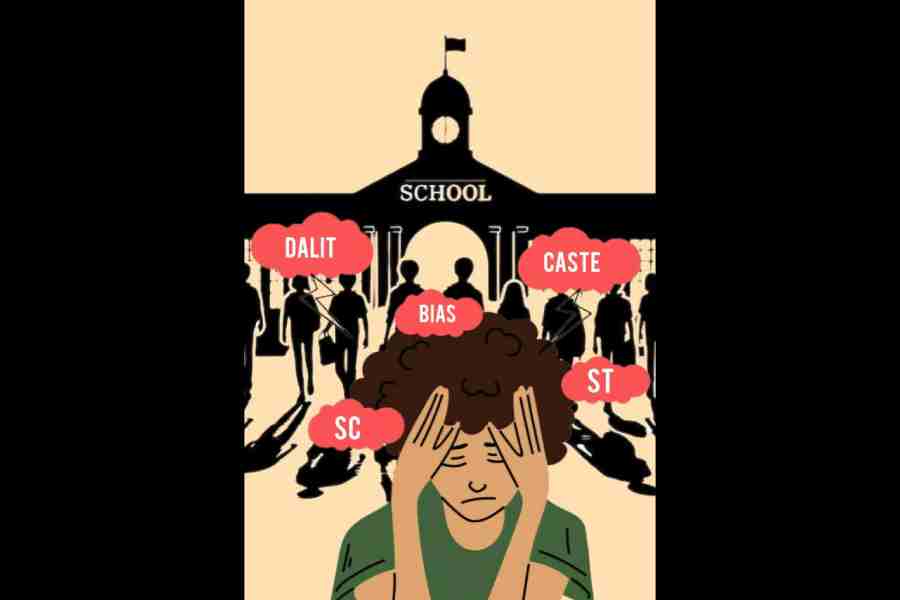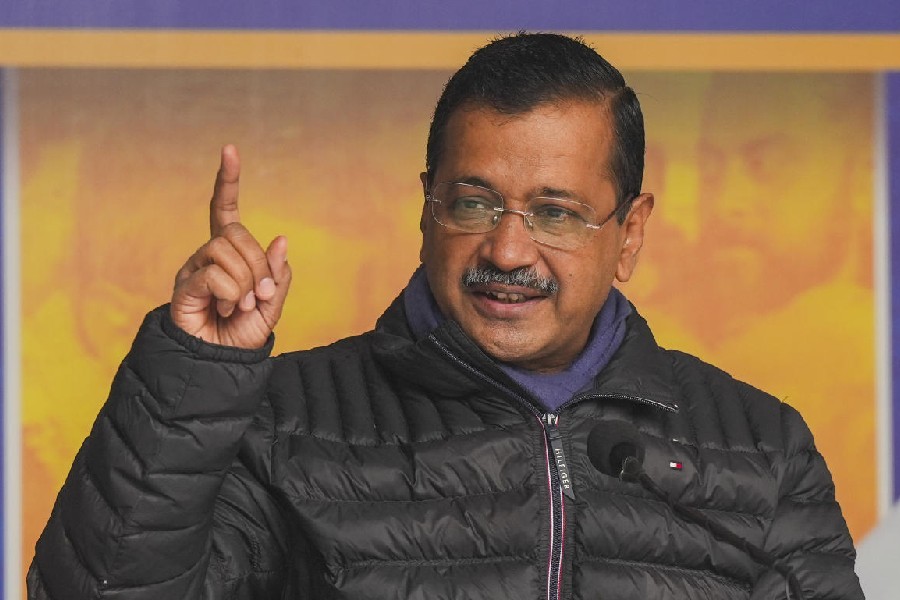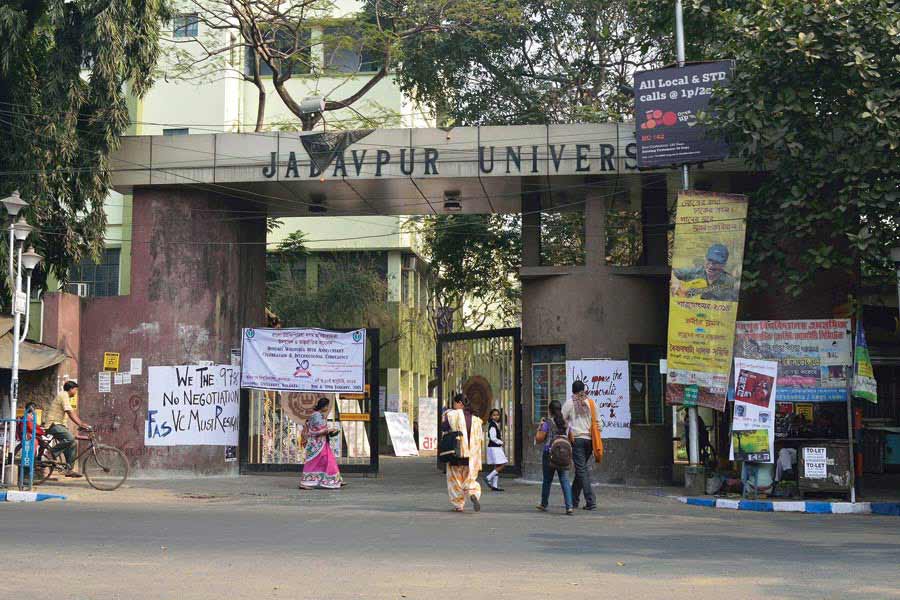The Karnataka State Education Policy Commission constituted by the government of Karnataka is considering implementing reservations for scheduled caste, scheduled tribe, and other backward classes students in schools. Under the current reservation system, seats are allocated to students from these communities in Kendriya Vidyalayas as well as in private unaided schools as per Section 12 of the Right to Education Act, 2009. In this article, I argue the case for reservation in schools along with different ways to tackle discrimination against children belonging to marginalised communities.
Students from marginalised communities face discrimination from teachers and other students. Prima facie it may look like these acts of violence are new. But historical accounts reveal that although the nature and the form of violence have changed, discrimination has remained the same.
Access to education for Dalits, STs, and minorities has remained a daunting challenge. In response to questions in the Rajya Sabha, the Centre informed that the dropout rate among minority community students at the secondary level is 24.4 %. As per data from 2020, 1/4th and 1/5th of tribal and Dalit students, respectively, quit Class IX and Class X. These statistics highlight the impact of violence on marginalised communities, further hindering their access to education. A UNICEF report has also argued that violence in school can reduce attendance, lower academic performance, and increase drop-out rates. Children from marginalised backgrounds often lack institutional support, such as the involvement of parents in addressing caste discrimination and challenging the prejudices of teachers to treat Dalit and tribal students with dignity, further perpetuating structural violence against these students.
Therefore, it is imperative to devise different mechanisms to make schools inclusive. One mechanism could be reservation for students from these communities to ensure adequate representation. Reservation in schools may not eradicate discrimination but it will certainly help in reducing it. In his book, The Foresighted Ambedkar, Anurag Bhaskar has shown that princely states like “Mysore in south India and Baroda and Kolhapur in western India took considerable interest in the awakening and advancement of the minorities and deprived sections of society”. Some of these were the introduction of reservation policies and quotas in their respective provinces. Reservation in school will ensure the representation of children from marginalised segments and help in community building and in resisting discrimination against such students.
In India, the discourse on affirmative action policies is largely limited to quota or reservation systems. To tackle discrimination at the primary, secondary, and tertiary levels, we must think beyond it. This requires regular consultation with and counselling of students from marginalised communities. The shunning of casteist language, inclusion of human rights, democratic citizenship, anti-caste education and intercultural education in the curriculum, promotion of students’ voices, involving students in peer education and peer mediation activities, welcoming parents and involving them in school decision-making, and forming partnerships with different community organisations and groups working on caste can help in tackling discrimination in schools.
Rajesh Ranjan is a lawyer and researcher











